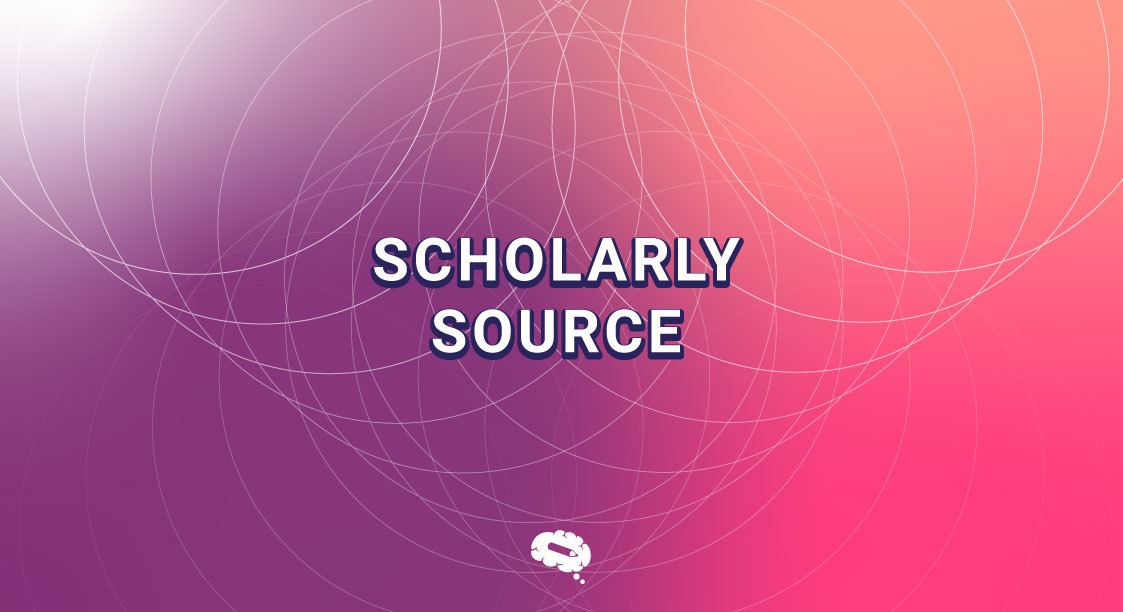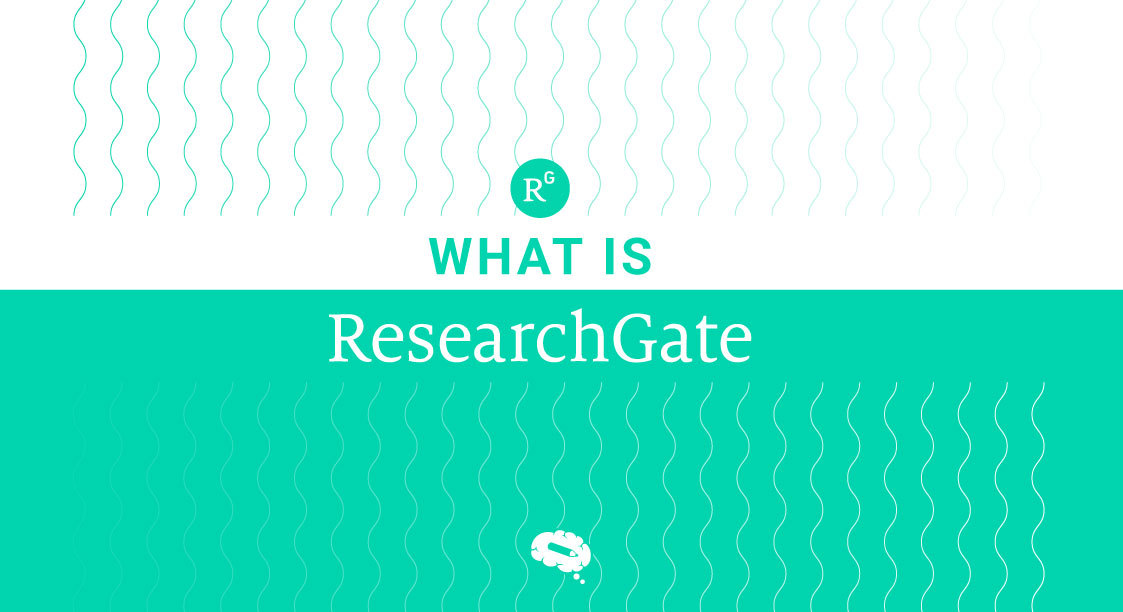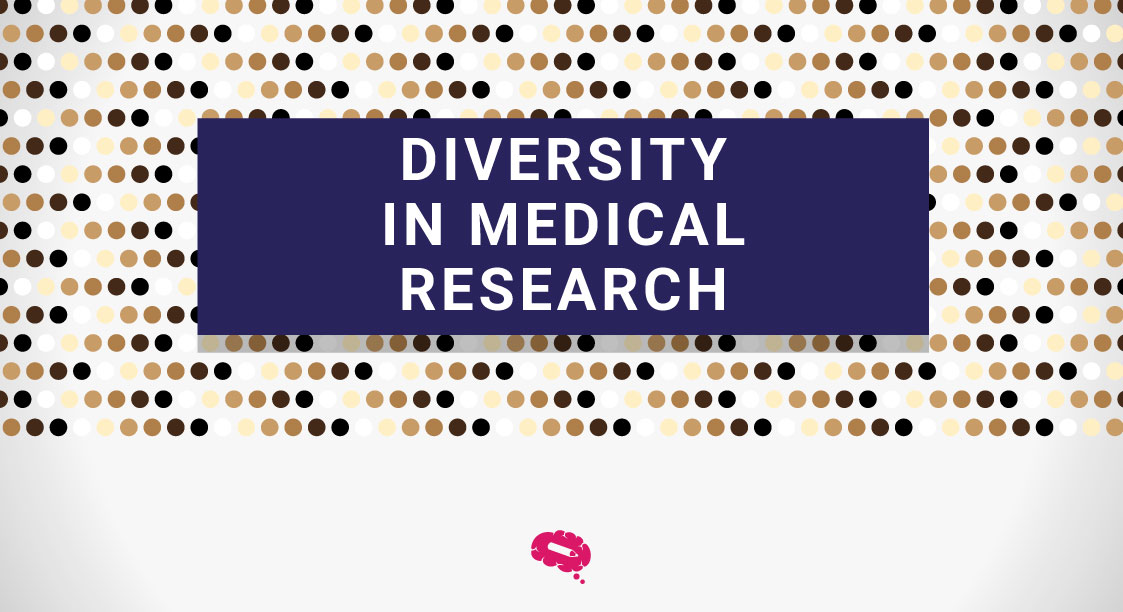Researching and writing academic papers require the use of credible sources that are authoritative and reliable. Scholarly sources provide the foundation for credible research and are essential for supporting arguments and drawing valid conclusions. In this article, we will discuss what they are, why they are important, and how to find them. Whether you are a student, researcher, or professional, understanding how to locate and evaluate scholarly sources is essential for producing high-quality research.
What are Scholarly Sources?
They are known as academic sources or peer-reviewed sources, articles, books, or other written works that have been written and reviewed by experts in a particular field or discipline. These sources are typically published in academic journals or by academic publishers and are intended to contribute to the ongoing scholarly conversation and body of knowledge within a given discipline.
Scholarly sources are characterized by their rigor and quality of research and are often based on original research or analysis. They are typically written in a formal tone and use specialized language and terminology that is specific to the discipline. They are also typically more reliable and authoritative than popular sources, such as blogs or news articles, as they have been subject to rigorous review and critique by experts in the field.
How to Identify Scholarly Sources
Identifying scholarly sources is an essential skill for academic research. Here are some tips to help you identify:
Audience
Scholarly sources are typically aimed at an academic or professional audience. Look for sources that are written by experts in the field, such as professors, researchers, or professionals with relevant experience. These sources are usually published in academic journals or books, and they often contain complex language, technical terminology, and extensive citations.
Content
Scholarly sources are characterized by their rigorous and evidence-based approach to research. They are expected to provide thorough and well-researched information, often including original data, analyses, or experimental findings. They should be grounded in existing research and contribute to ongoing conversations within their respective fields. Look for sources that provide clear methodology or research design, and that have been peer-reviewed by other experts in the field.
Currency/Timeliness
Scholarly sources should be up-to-date and relevant to the current state of research in the field. Check the publication date of the source to make sure it is recent enough to be useful. Depending on the field, this could mean looking for sources published within the last 5-10 years or even more recently. Additionally, consider whether the source has been updated or revised recently to reflect new developments in the field.
Read more: A Detailed Guide on How to Find Similar Research Papers
Types of Scholarly Sources
Types of Scholarly Sources in Books
Monographs: These are books written by a single author, usually an expert in the field, and they tend to provide an in-depth analysis of a specific topic.
Edited volumes: These are books that are composed of chapters written by different authors, but are edited and compiled by a single editor. They provide a broader perspective on a topic by incorporating multiple viewpoints.
Reference works: These are books that provide comprehensive and authoritative information on a particular subject, such as dictionaries, encyclopedias, and handbooks.
Types of Scholarly Sources in Articles
Peer-reviewed journal articles: These are articles that have been rigorously reviewed by other experts in the field before publication, ensuring their quality and reliability.
Conference proceedings: These are articles that are published in the proceedings of academic conferences, which are often attended by experts in a specific field.
Scholarly book chapters: These are articles that are published as chapters within edited volumes or reference works.
Types of Scholarly Sources in Web Pages
Online journals: These are journals that publish articles exclusively online, and are often peer-reviewed.
Institutional repositories: These are web pages that provide access to academic research conducted by a particular institution, such as a university or research center.
Government and organizational websites: These are web pages that provide authoritative information on specific topics, such as scientific research or policy decisions.
Advantages of Using Scholarly Sources
Using scholarly sources has many advantages, some of them are:
Credibility: Scholarly sources, such as peer-reviewed journal articles, are written by experts in the field and undergo a rigorous review process. This means they are more credible than other sources, such as popular magazines or blogs.
Accuracy: Scholarly sources are generally more accurate than other sources because they are based on research and data rather than personal opinions or anecdotes.
Depth: Scholarly sources provide a depth of analysis that is not often found in other sources. They offer a detailed examination of a topic, including its history, current state, and potential future developments.
Authority: Scholarly sources are written by experts in the field and are therefore considered authoritative. This means that they can be used to support arguments or to provide evidence for a thesis.
Where to Find Scholarly Sources?
There are several places where you can find scholarly sources, here are some of them:
Academic databases: Many academic databases, such as JSTOR, PubMed, and ProQuest, provide access to scholarly articles, journals, and other academic resources.
University libraries: Most universities have extensive collections of scholarly materials, including books, journals, and other publications, which are available to students, faculty, and researchers.
Google Scholar: Google Scholar is a free search engine that indexes scholarly literature from various academic publishers, professional societies, online repositories, and universities.
Tips for Evaluating Scholarly Sources
When evaluating scholarly sources, there are several factors to consider to determine if a source is reliable, accurate, and credible. Here are some tips to help you evaluate scholarly sources:
Author credibility: Check the author’s credentials, including their academic background, professional experience, and affiliations. Look for authors who have expertise in the field and have published other scholarly works on the topic.
Peer review process: Check if the source has undergone a peer review process, which involves experts in the field reviewing the work before it is published. Peer review is a standard practice in scholarly publishing, and it helps ensure the accuracy and quality of the work. Read more: What is a Peer-Reviewed Article and Where Can We Find It?
Publication date: Check the publication date to ensure that the source is current and up-to-date. You may need to prioritize sources that have been published within the past few years.
References and citations: Check if the source cites other scholarly works, and verify that the references are relevant and accurate. A high number of references and citations can indicate that the work is well-researched and thorough.
Publisher and journal reputation: Check the reputation of the publisher or journal that published the work. Look for publishers and journals that are respected in the field and have a history of publishing high-quality scholarly works.
Examples of Scholarly Sources
Scholarly sources include a wide range of publications, such as:
Academic journal articles: These are articles published in scholarly journals that undergo a peer-review process and report on original research or other academic scholarship.
Conference proceedings: These are publications that report on research presented at academic conferences and are often reviewed by peers before publication.
Theses and dissertations: These are long-form research projects that are typically required for a graduate degree and involve original research or analysis.
Research reports: These are reports that present the findings of original research conducted by individuals or organizations.
Running Out of Ideas For an Infographic?
Mind the Graph platform is a graphical abstract and scientific illustration tool that can help scientists who are running out of ideas by inspiring them with visual aids and collaboration opportunities. Mind the Graph offers a library of over 75,000 scientific illustrations including graphs, charts, and diagrams, which can help scientists visualize their research findings and communicate their ideas more effectively.

Subscribe to our newsletter
Exclusive high quality content about effective visual
communication in science.








